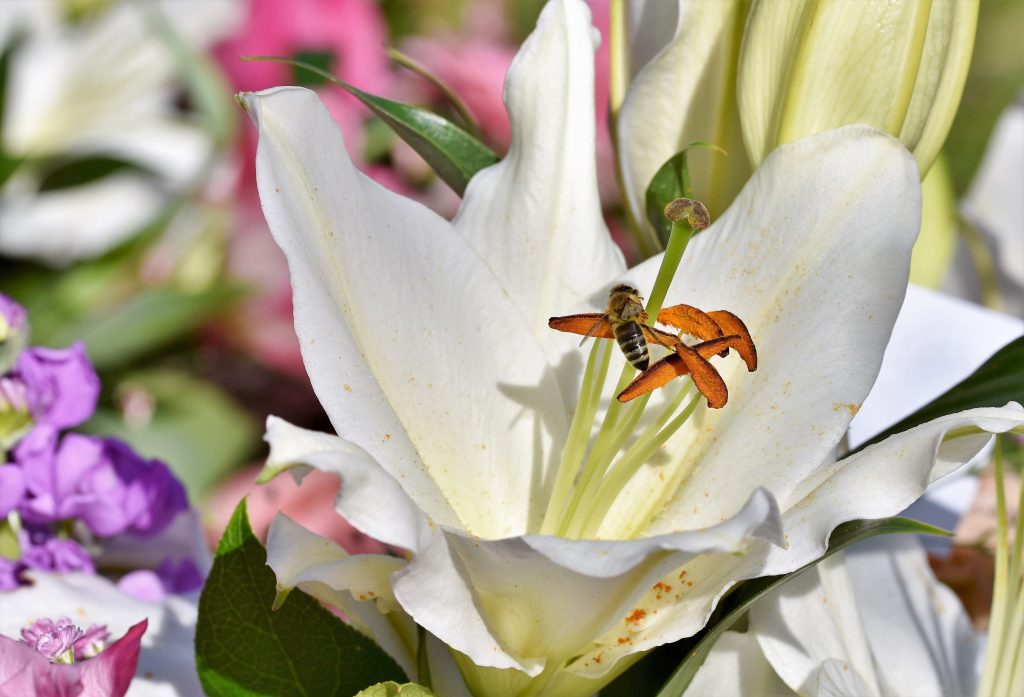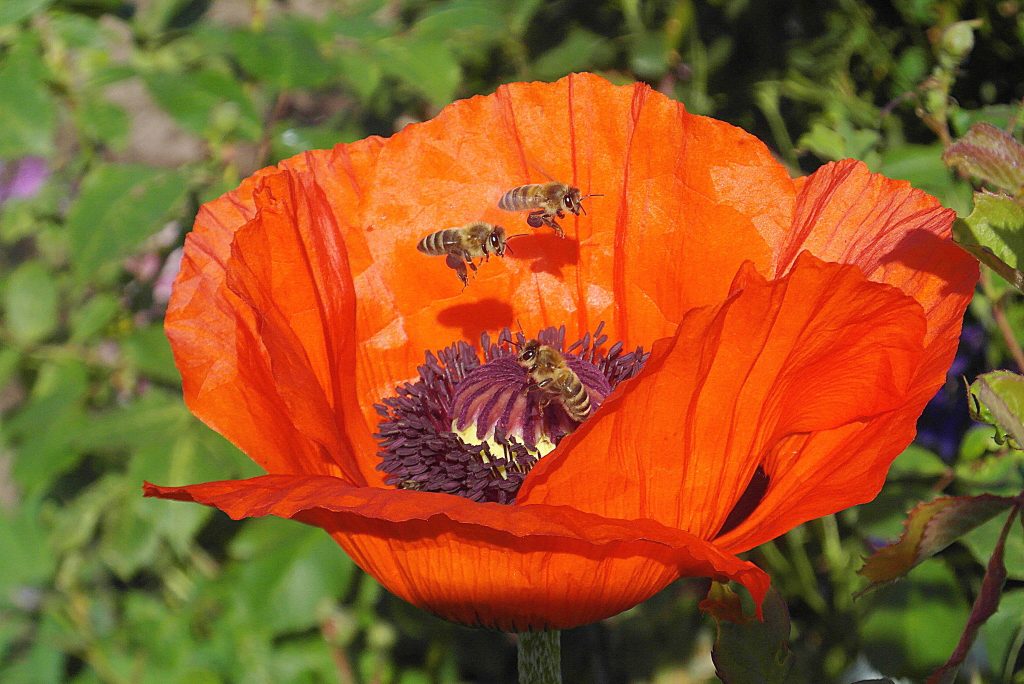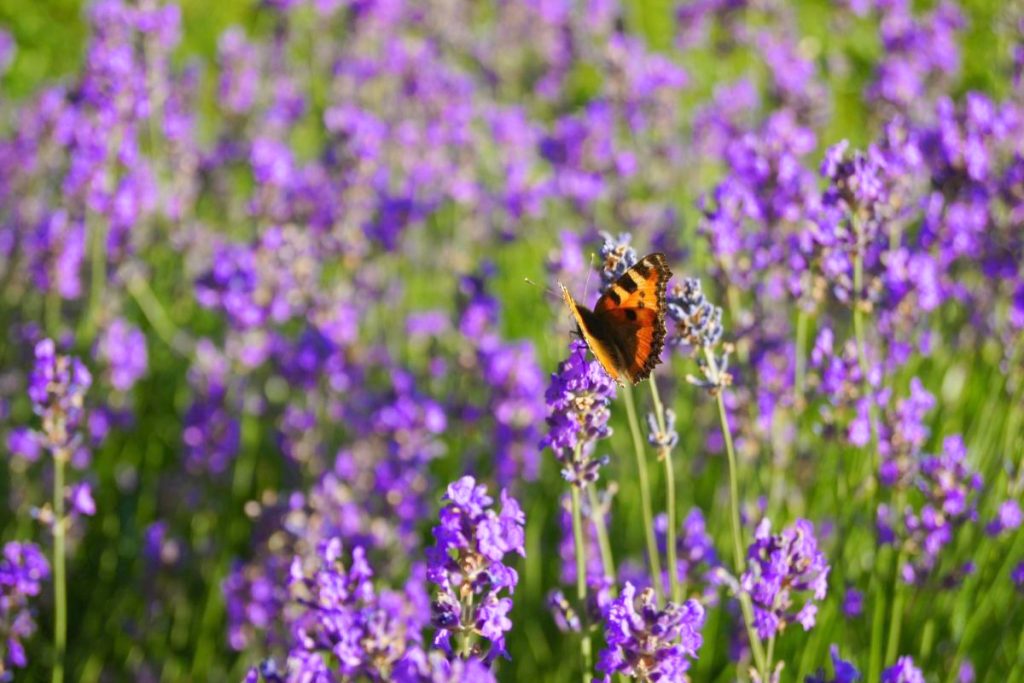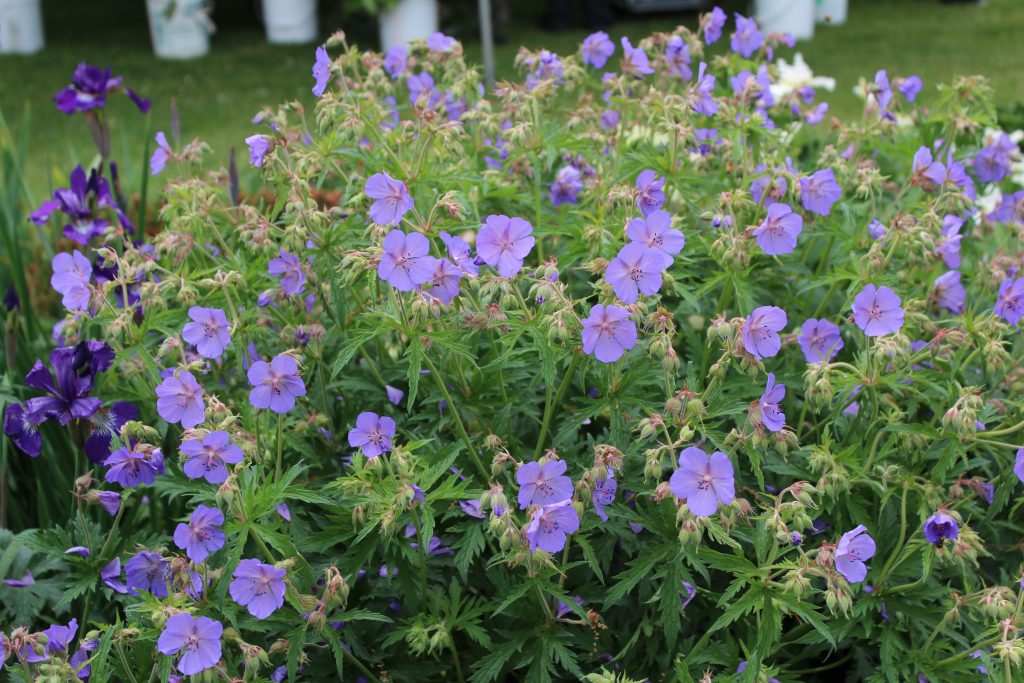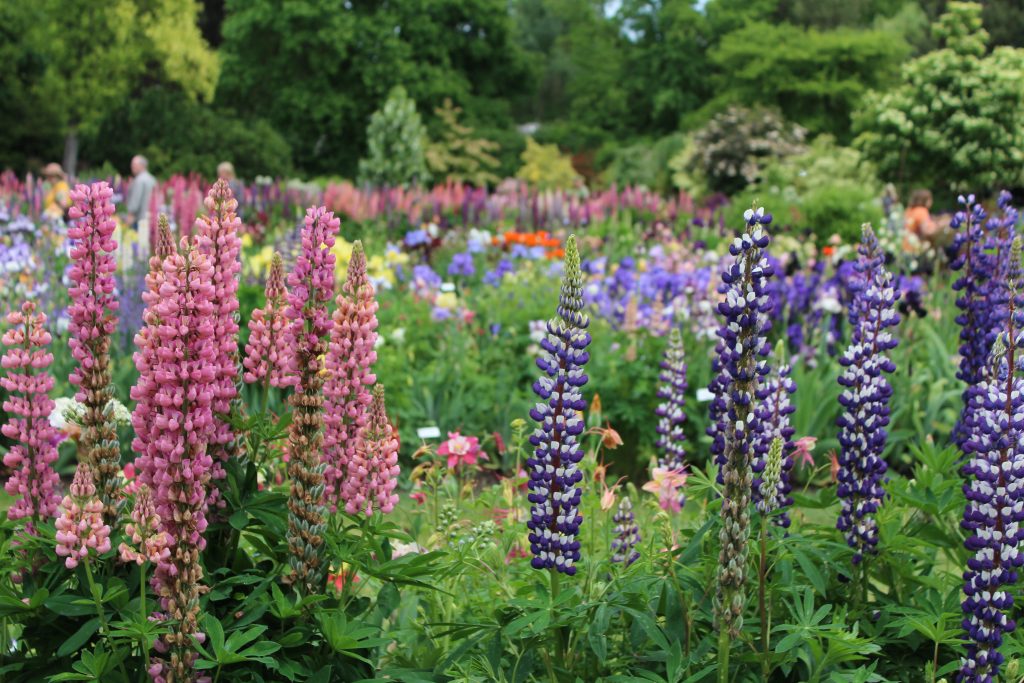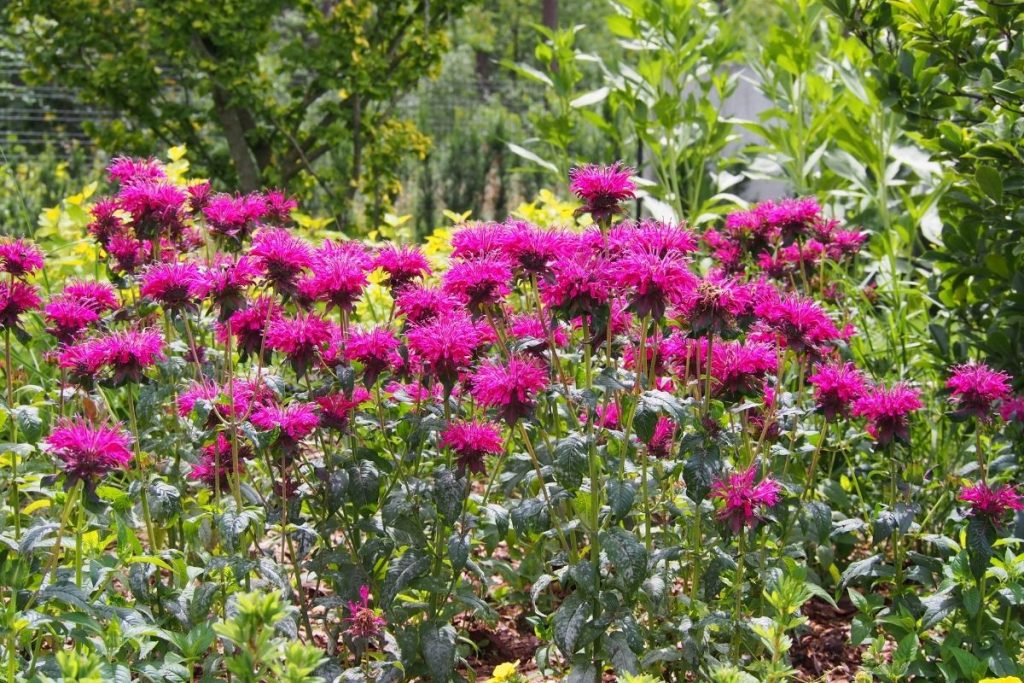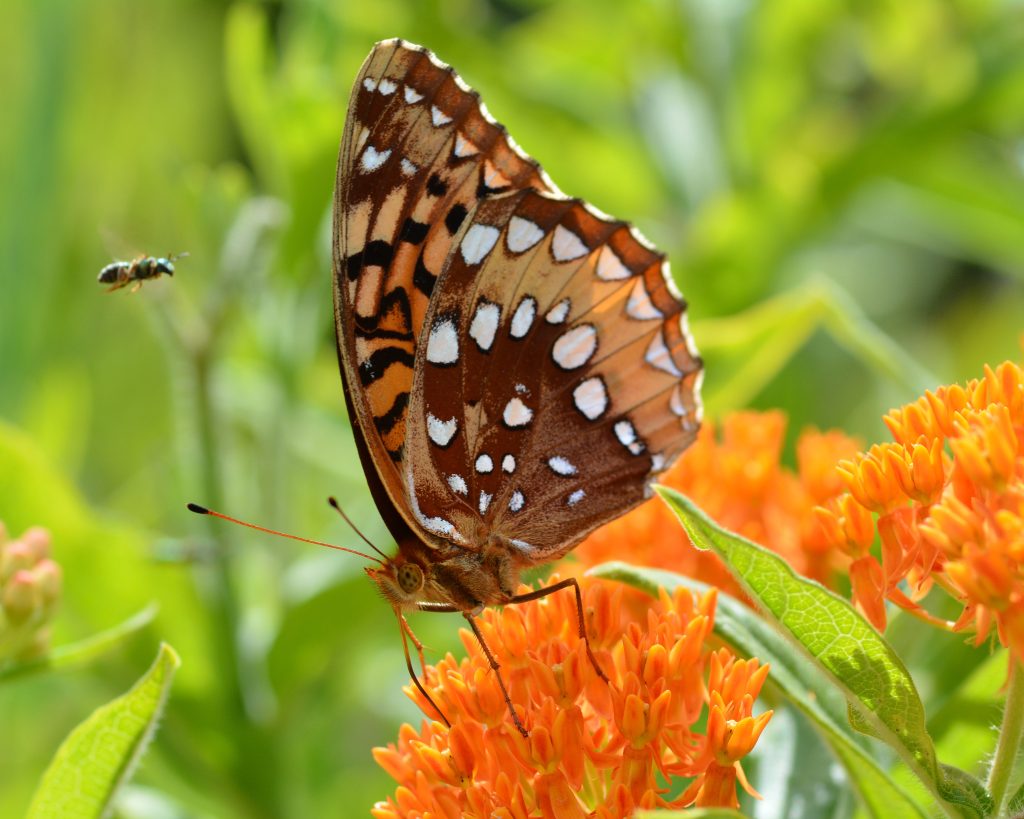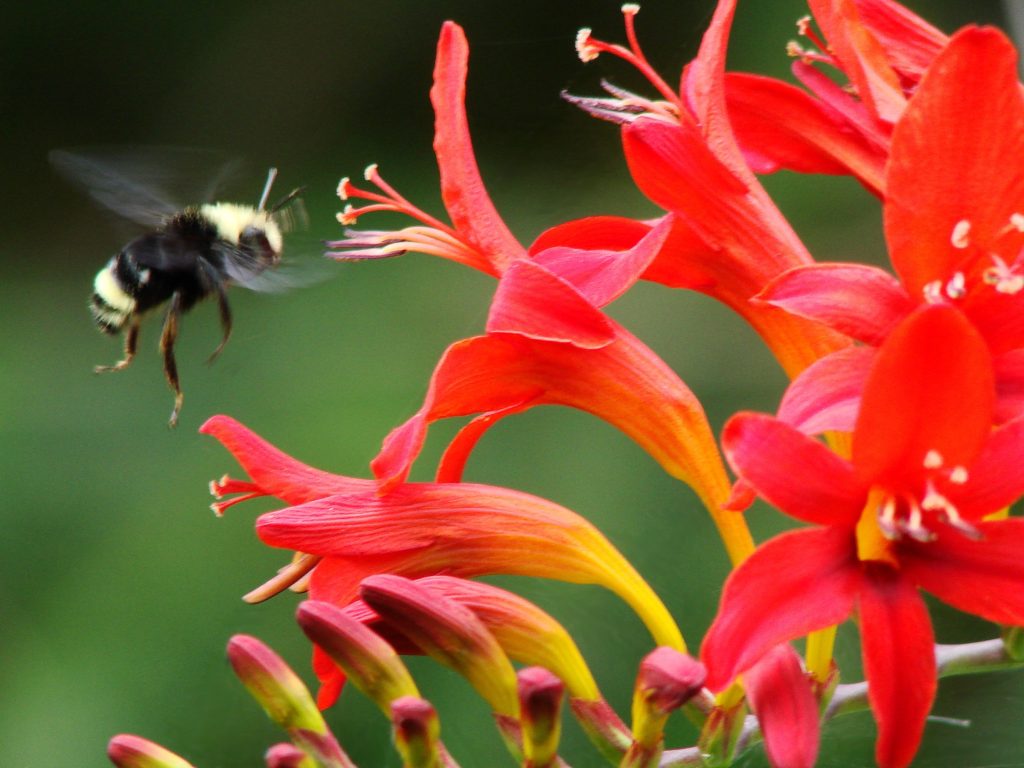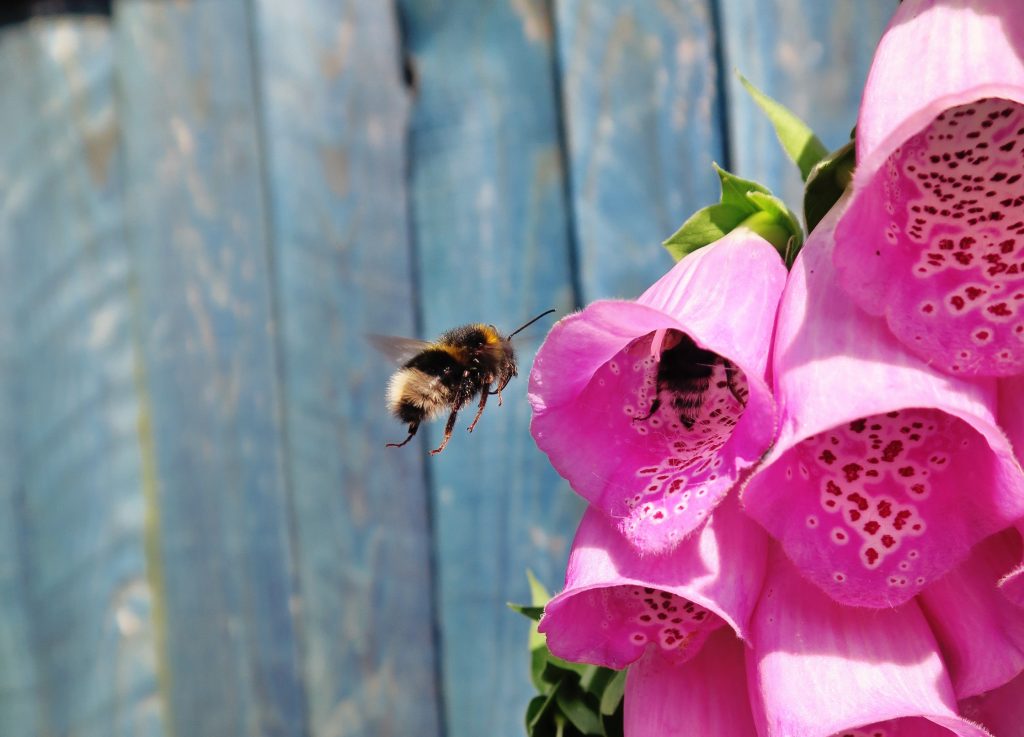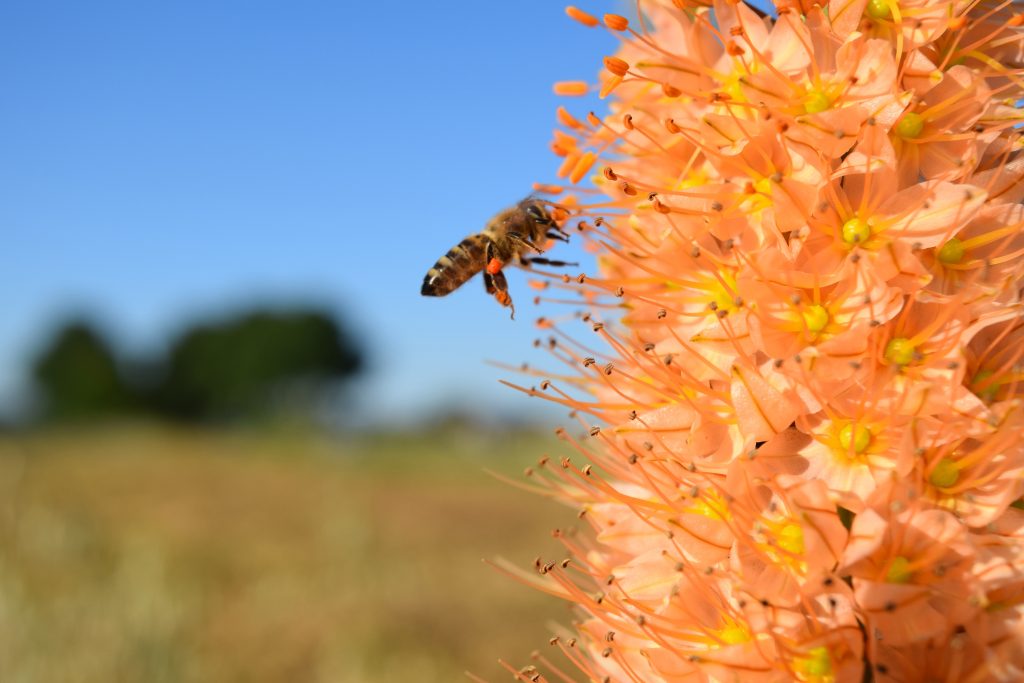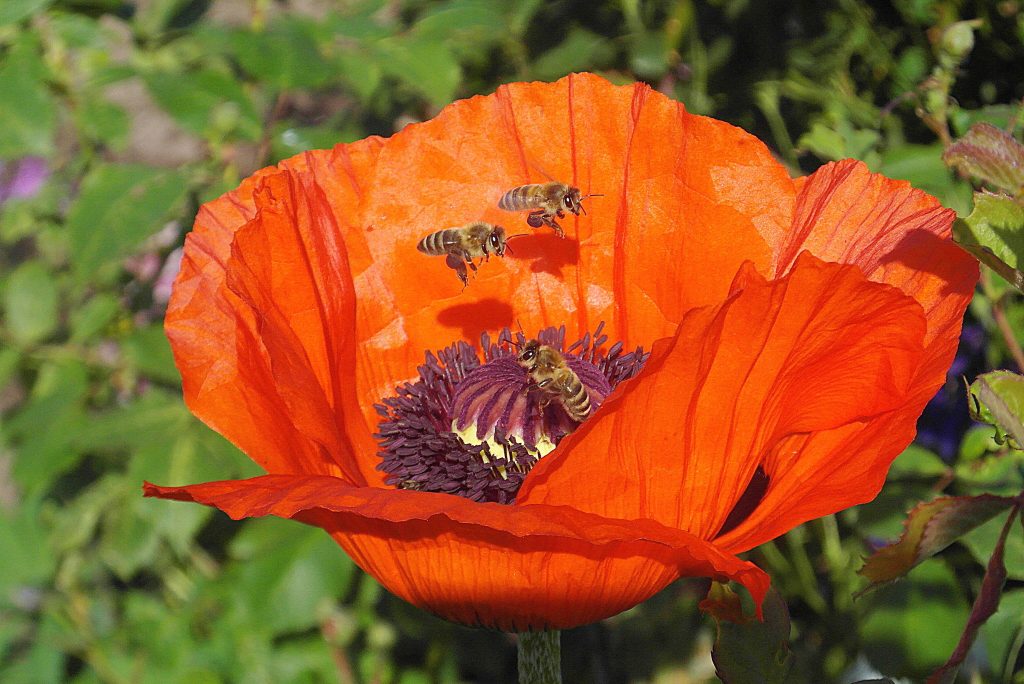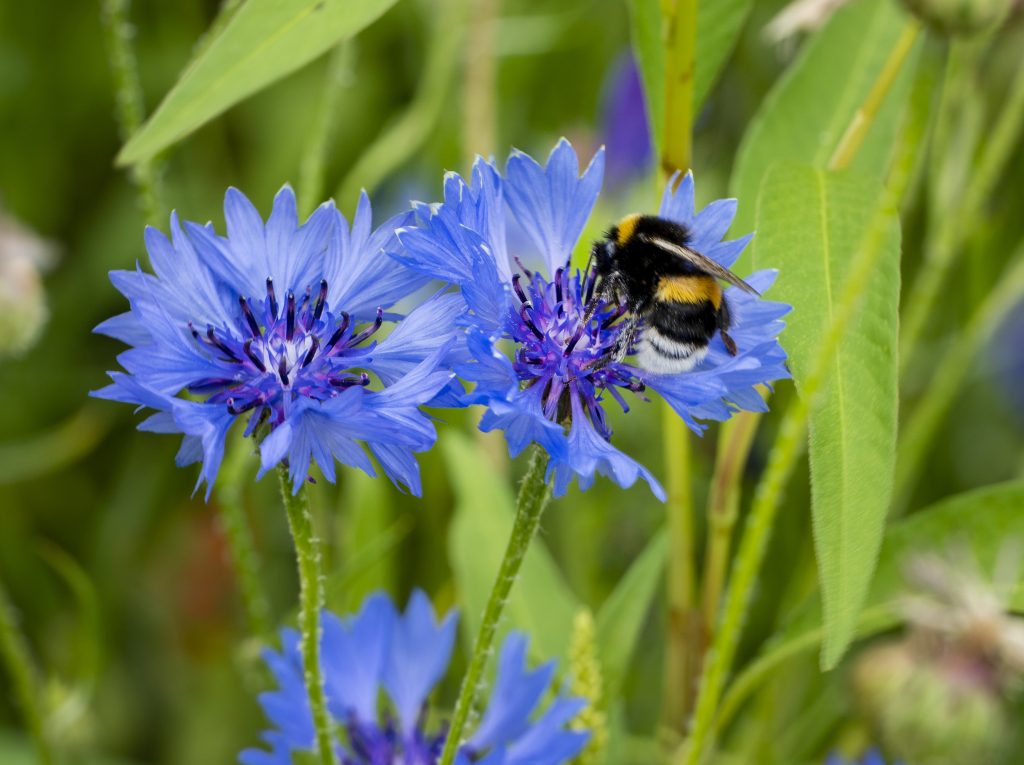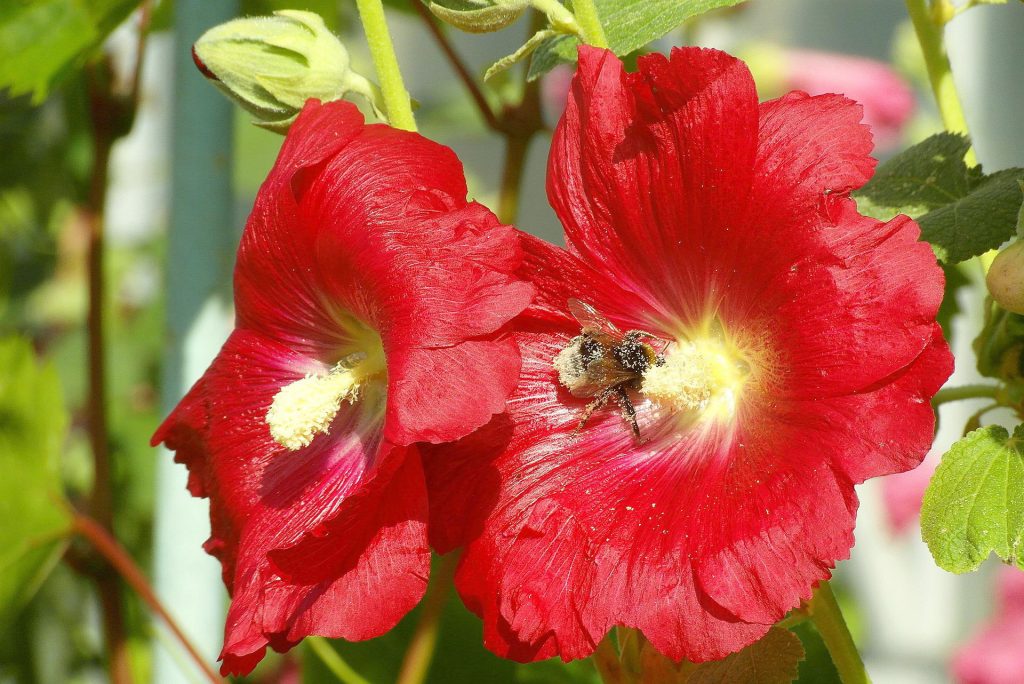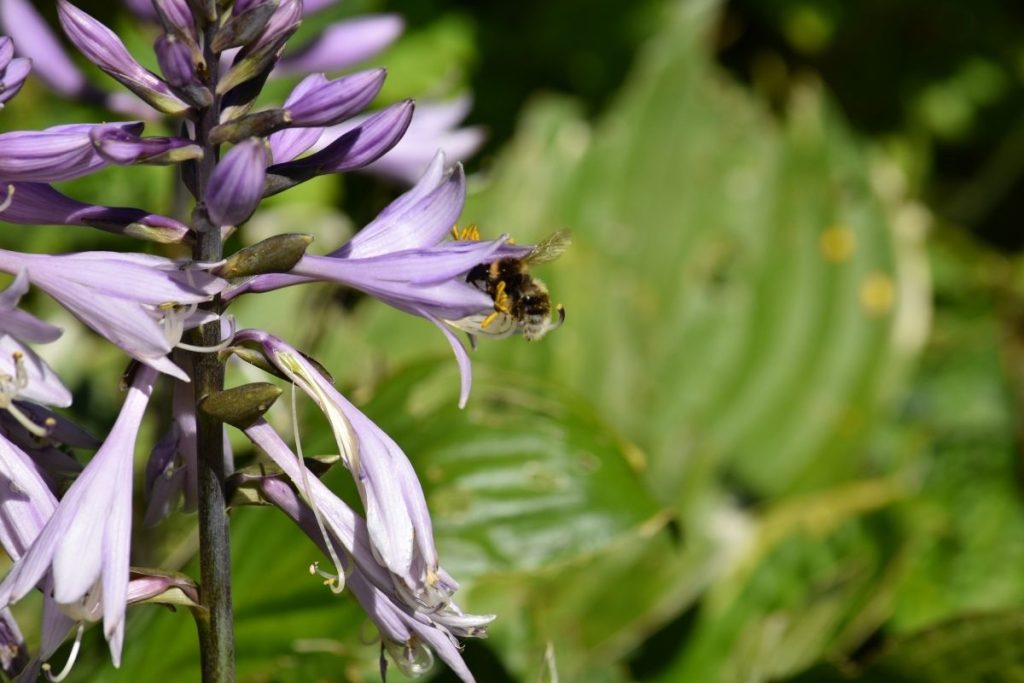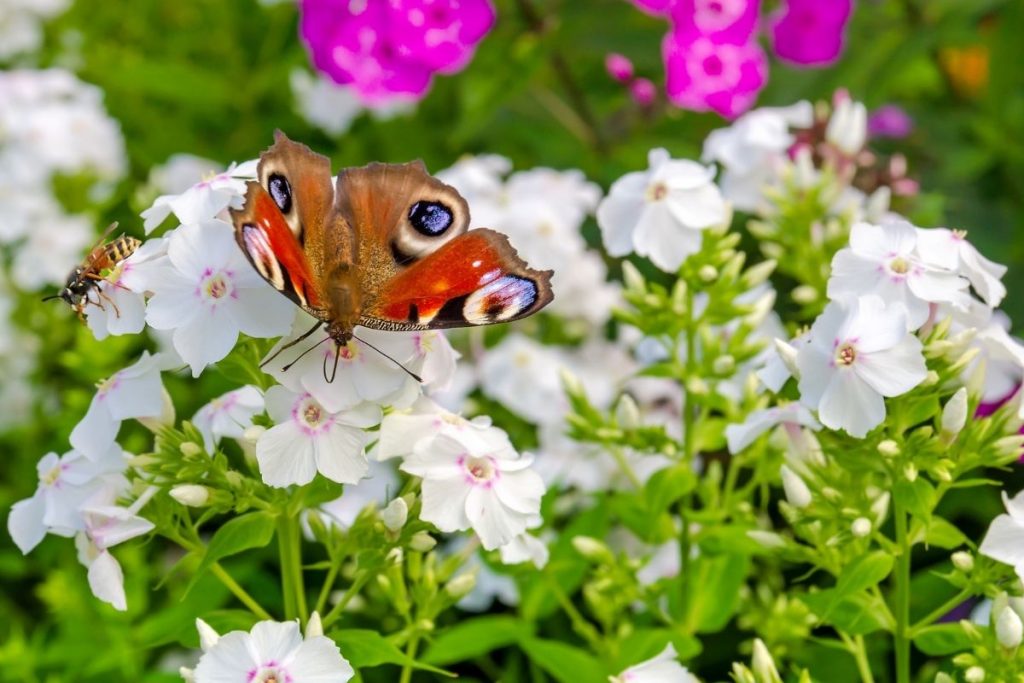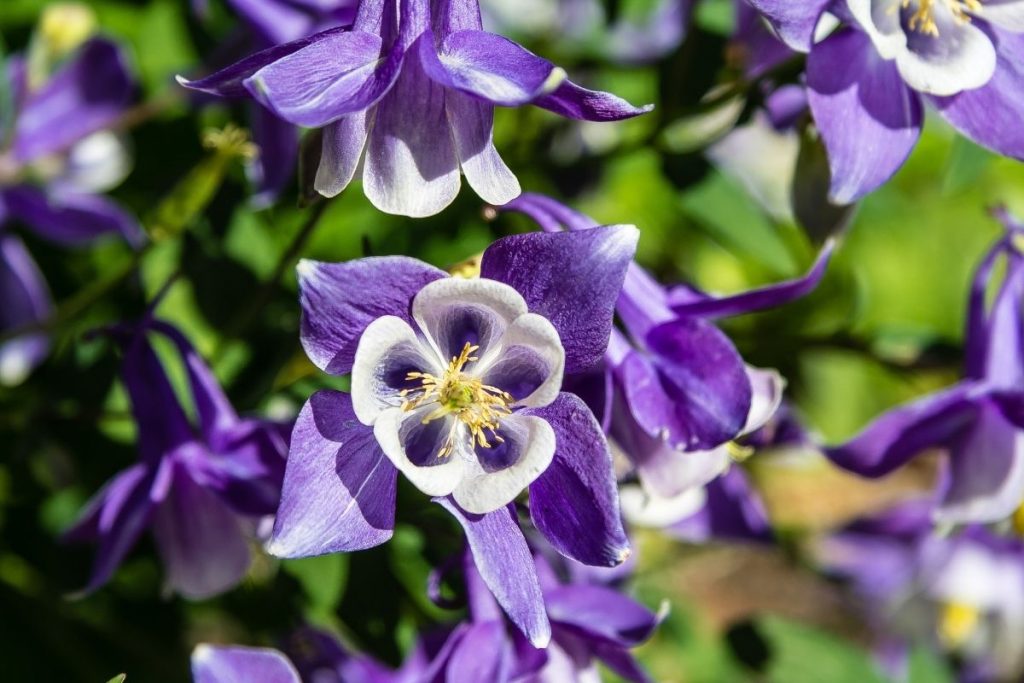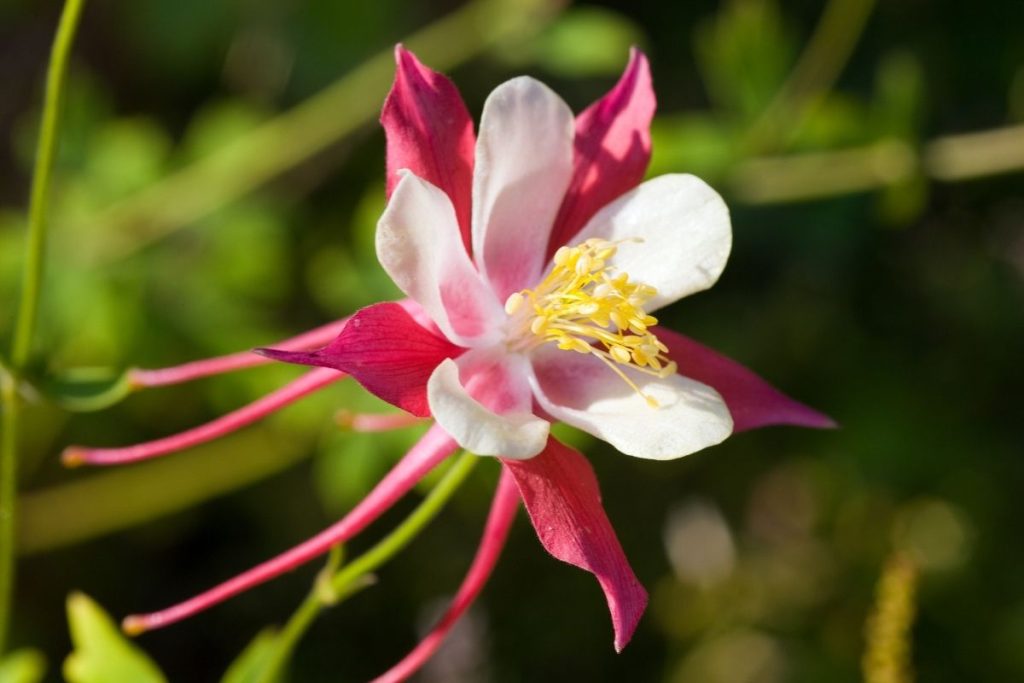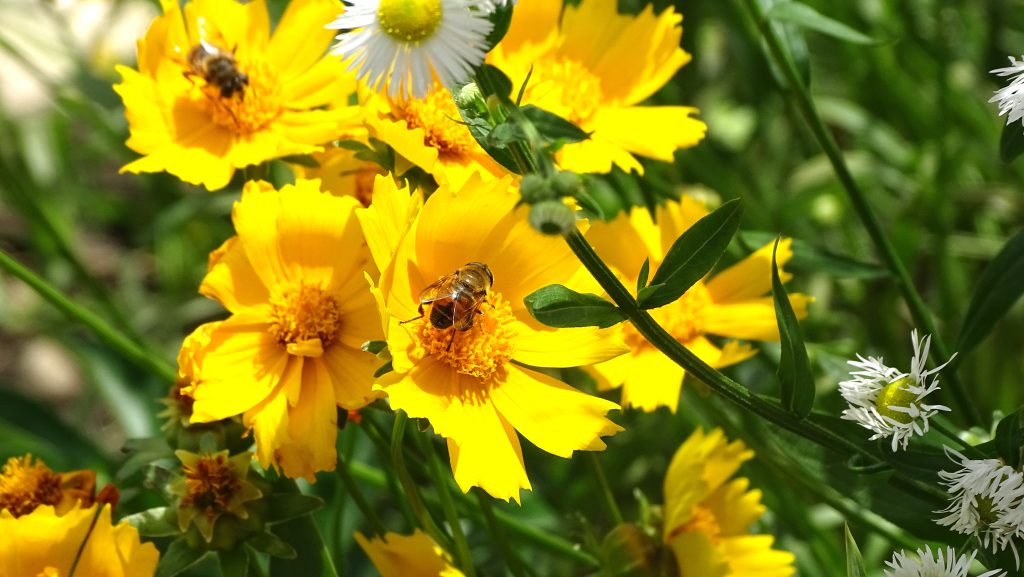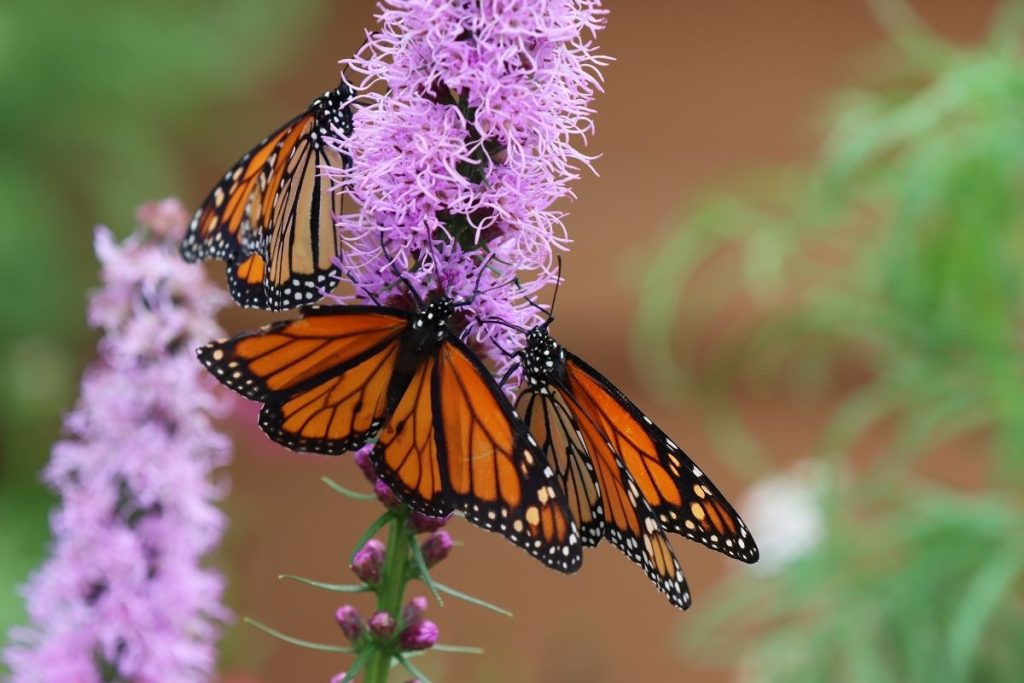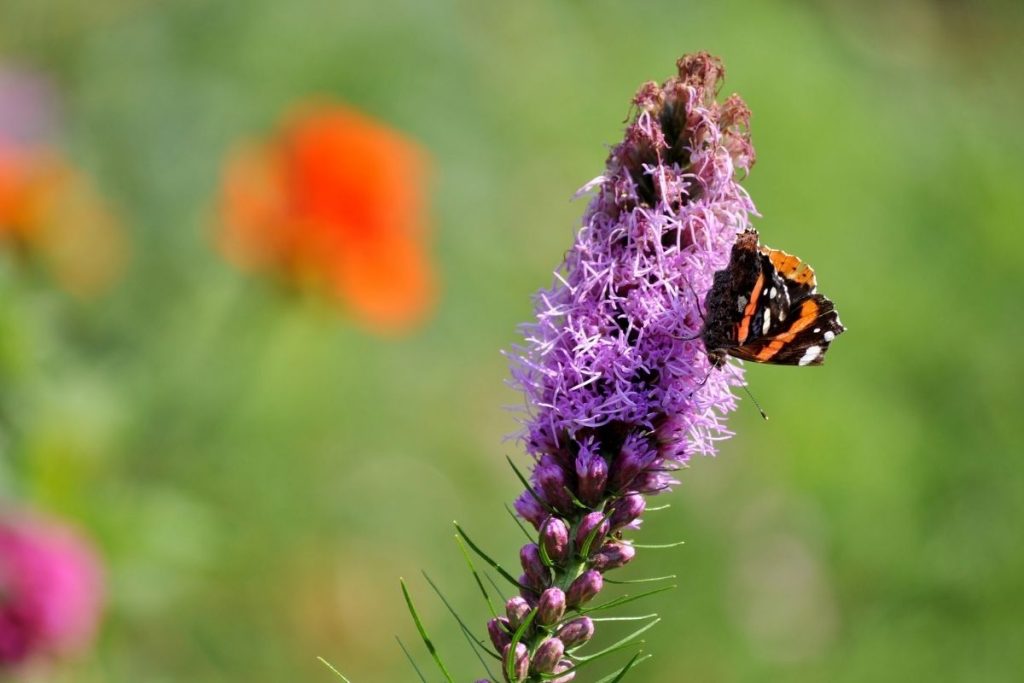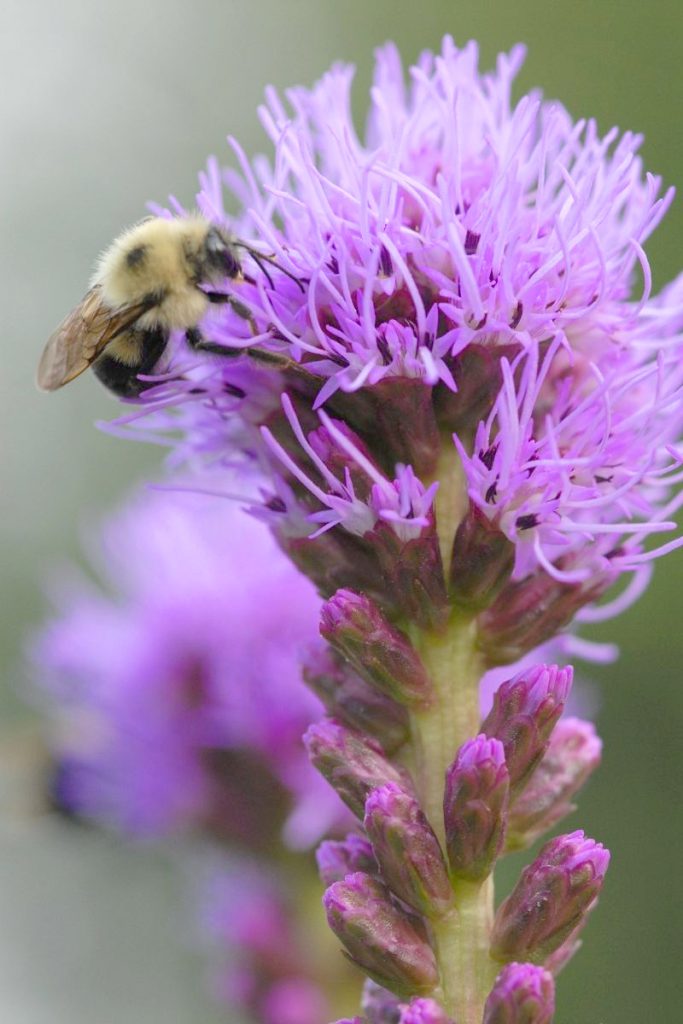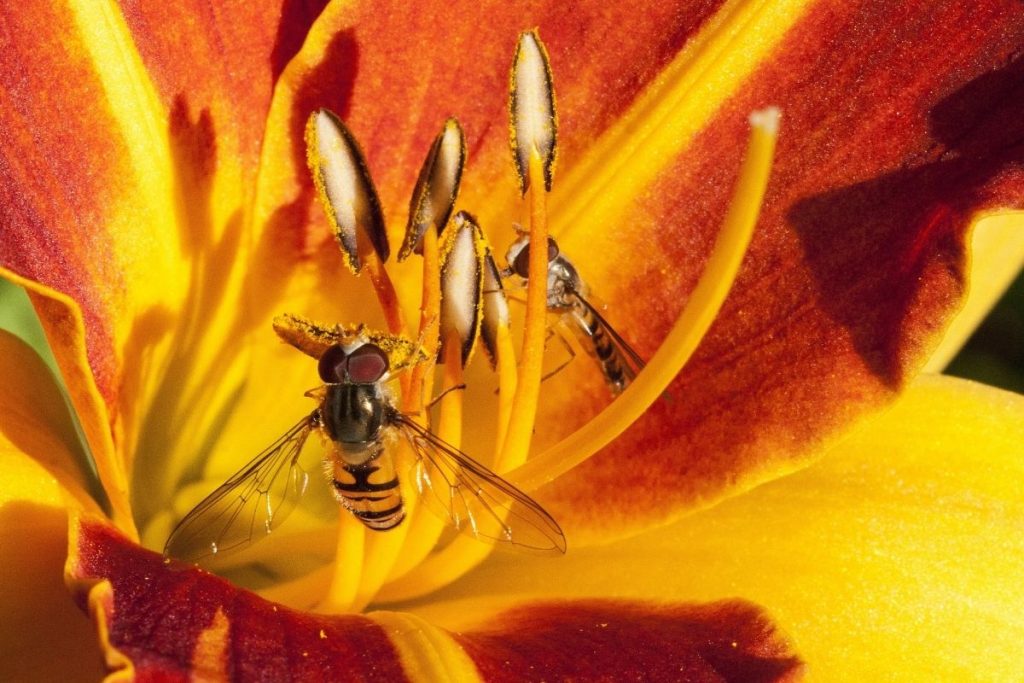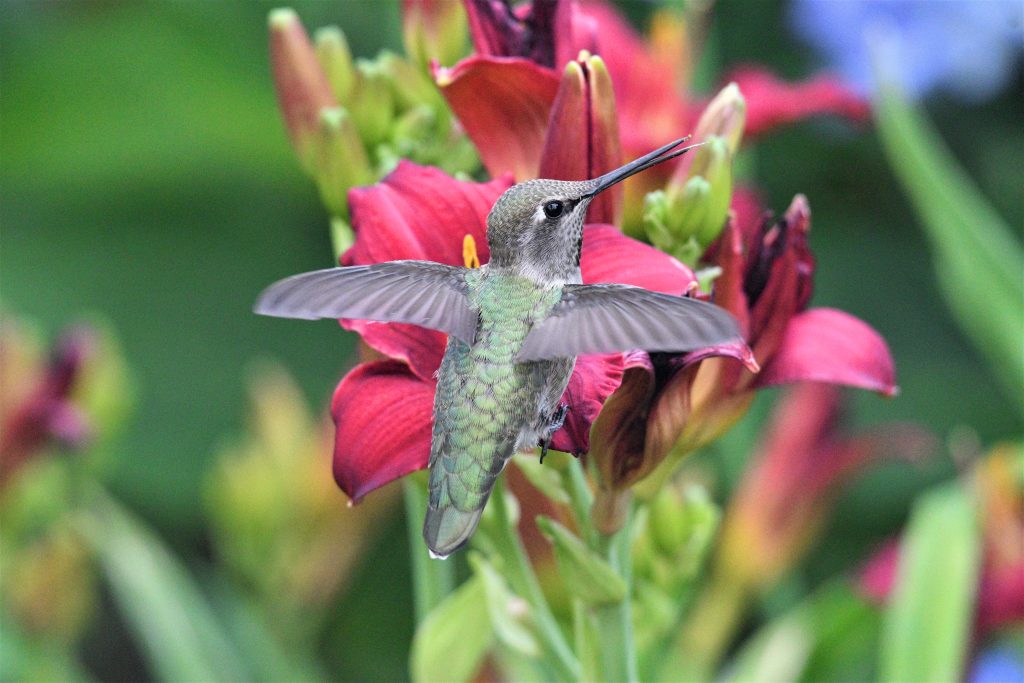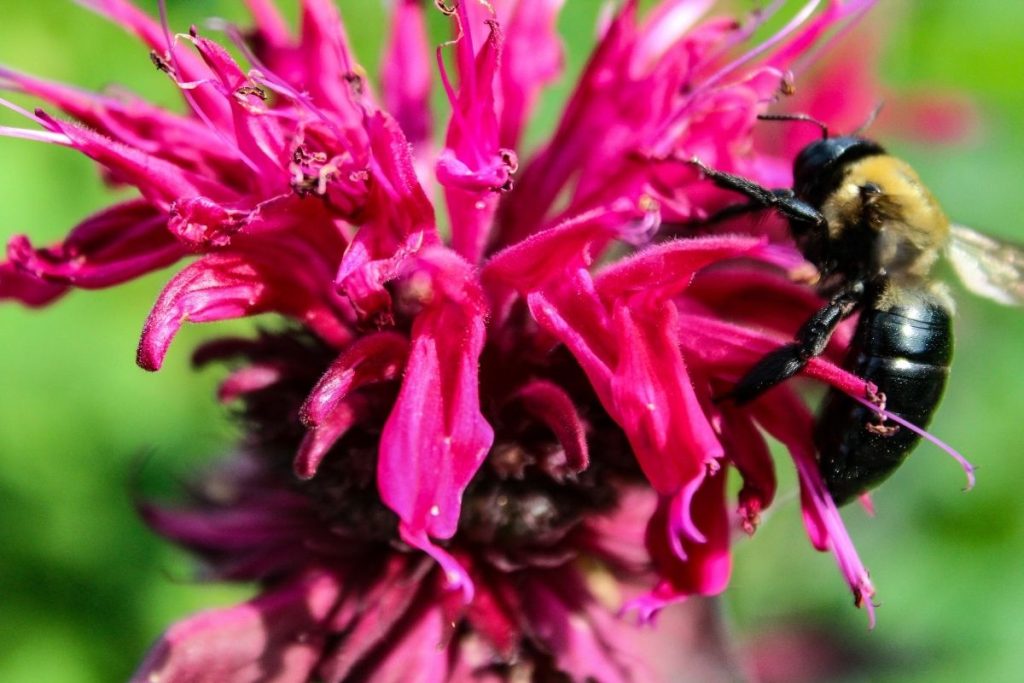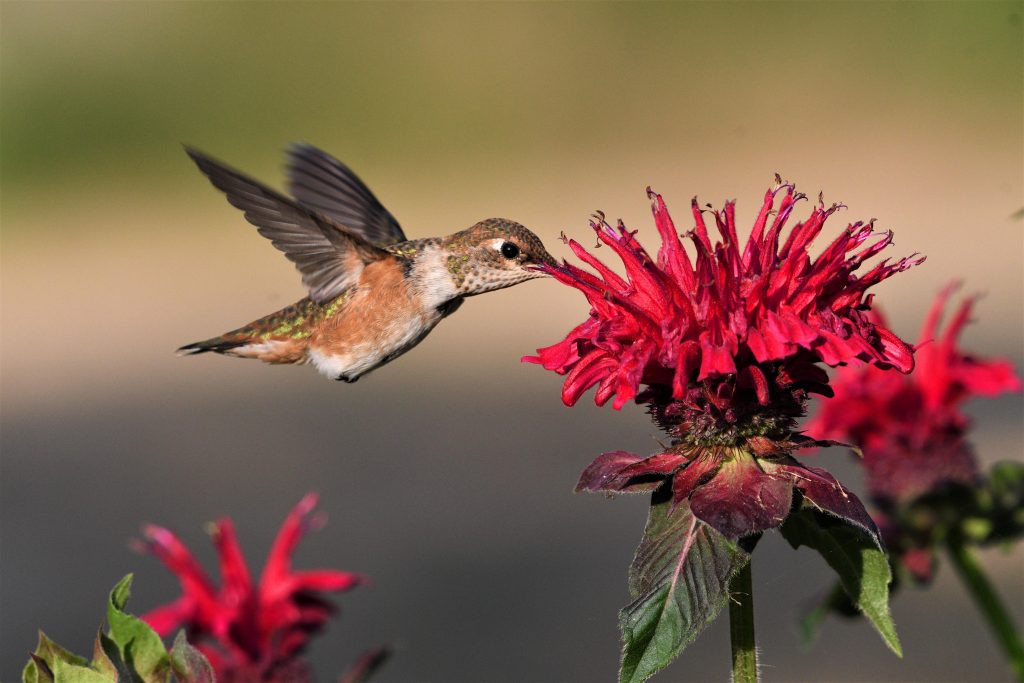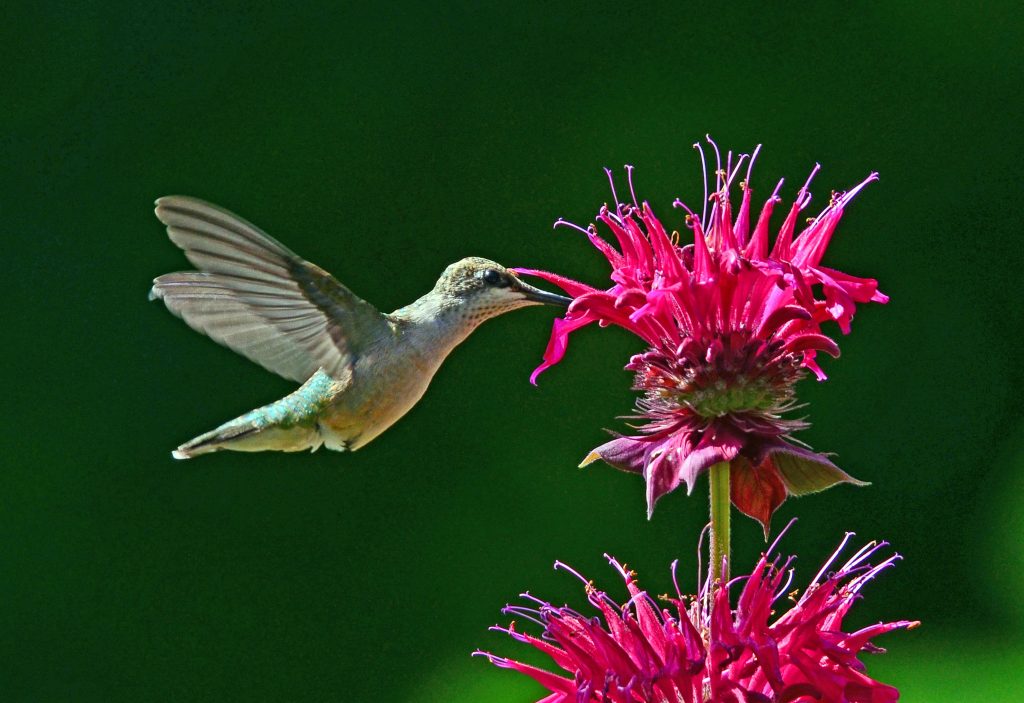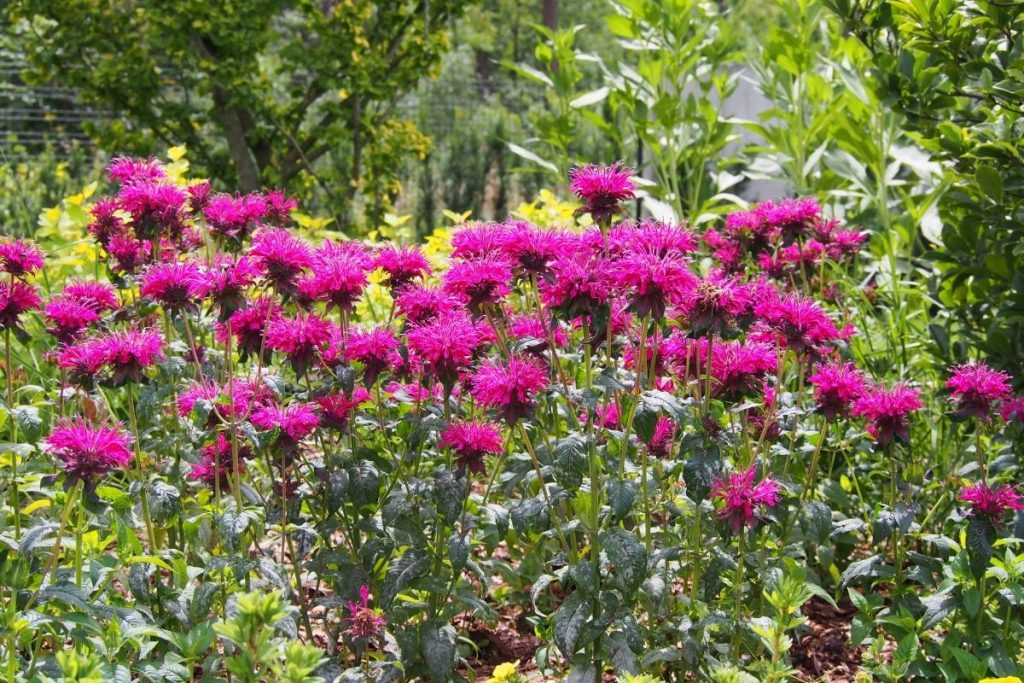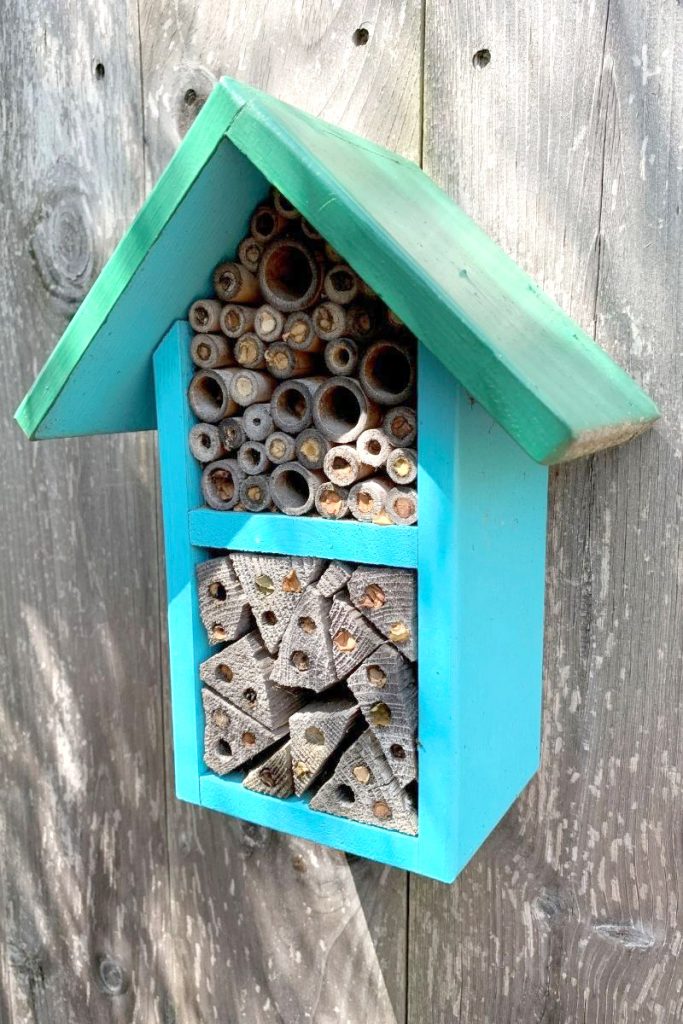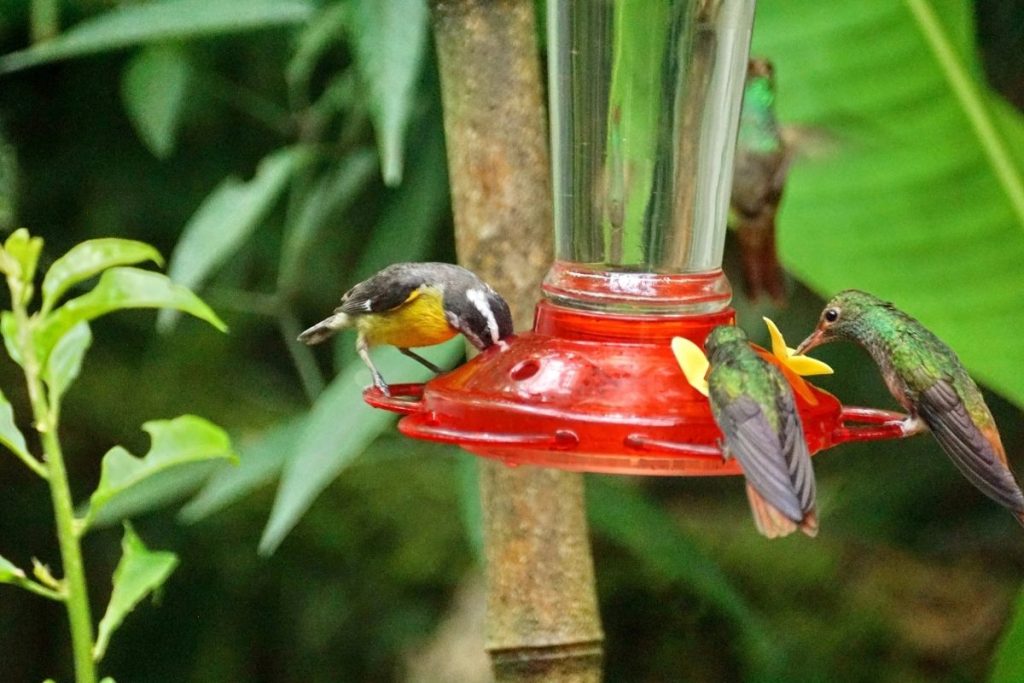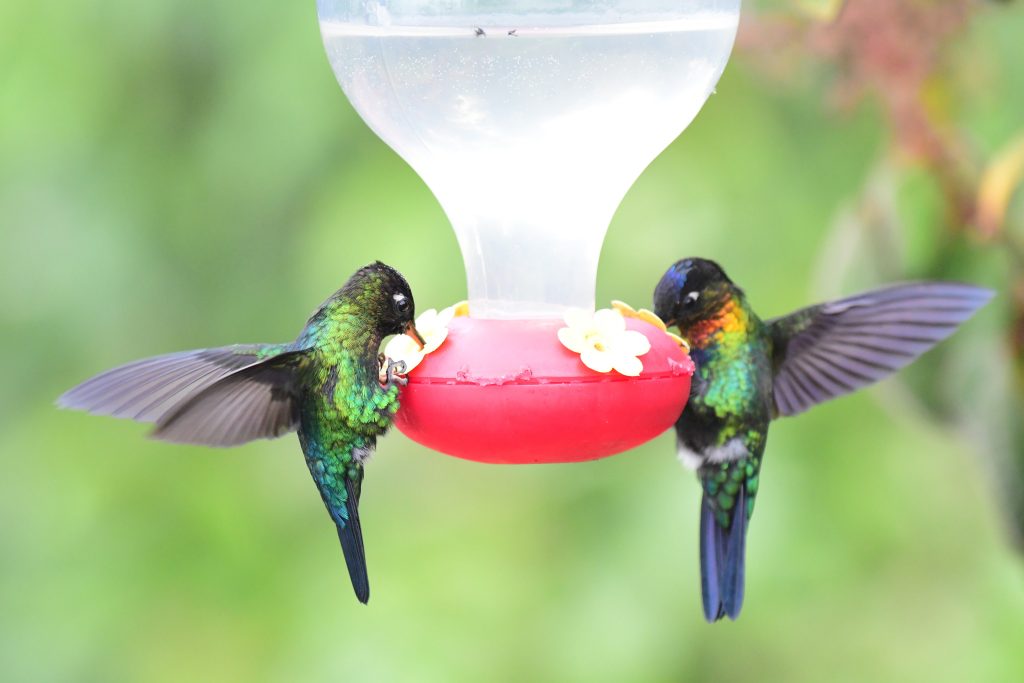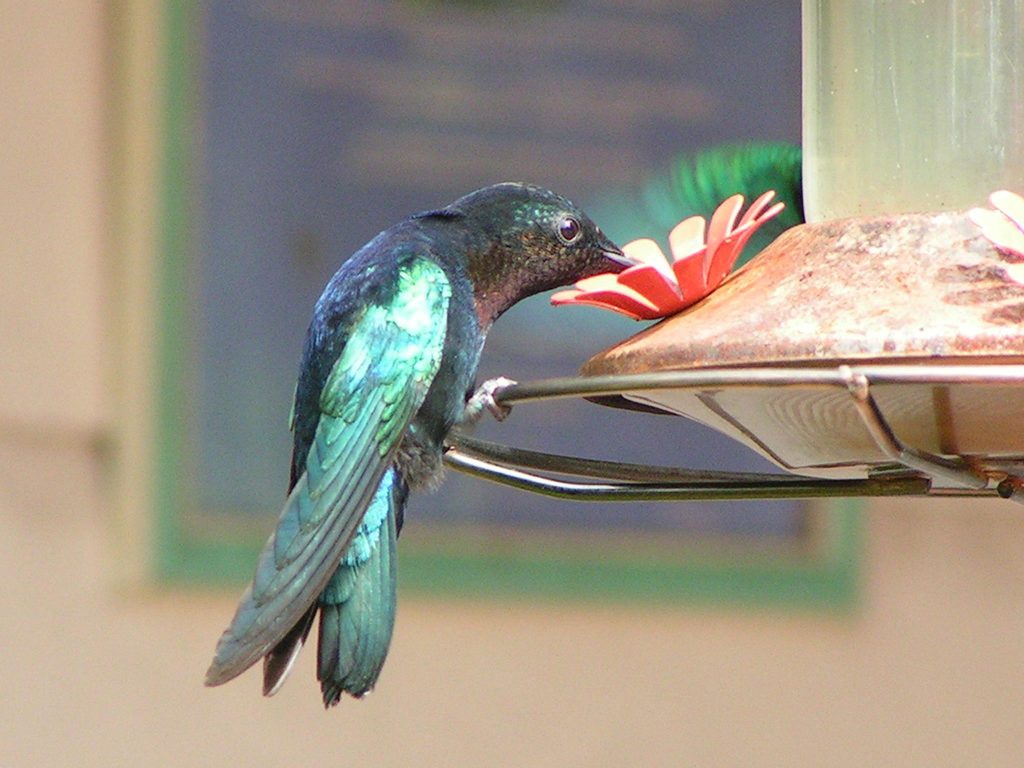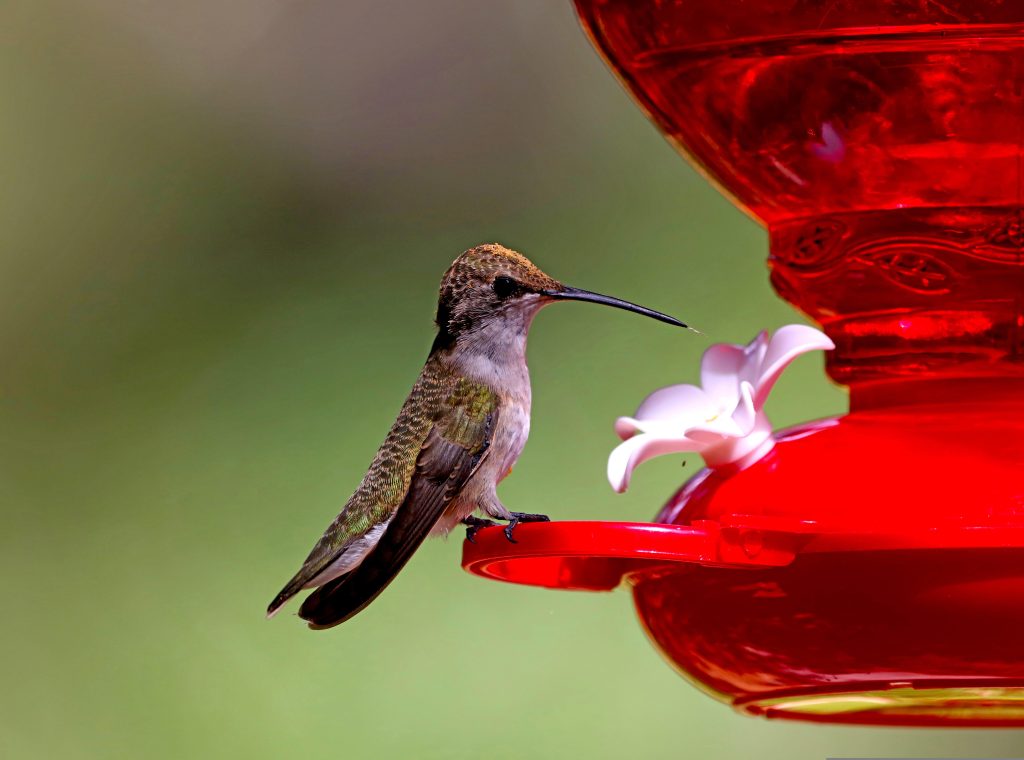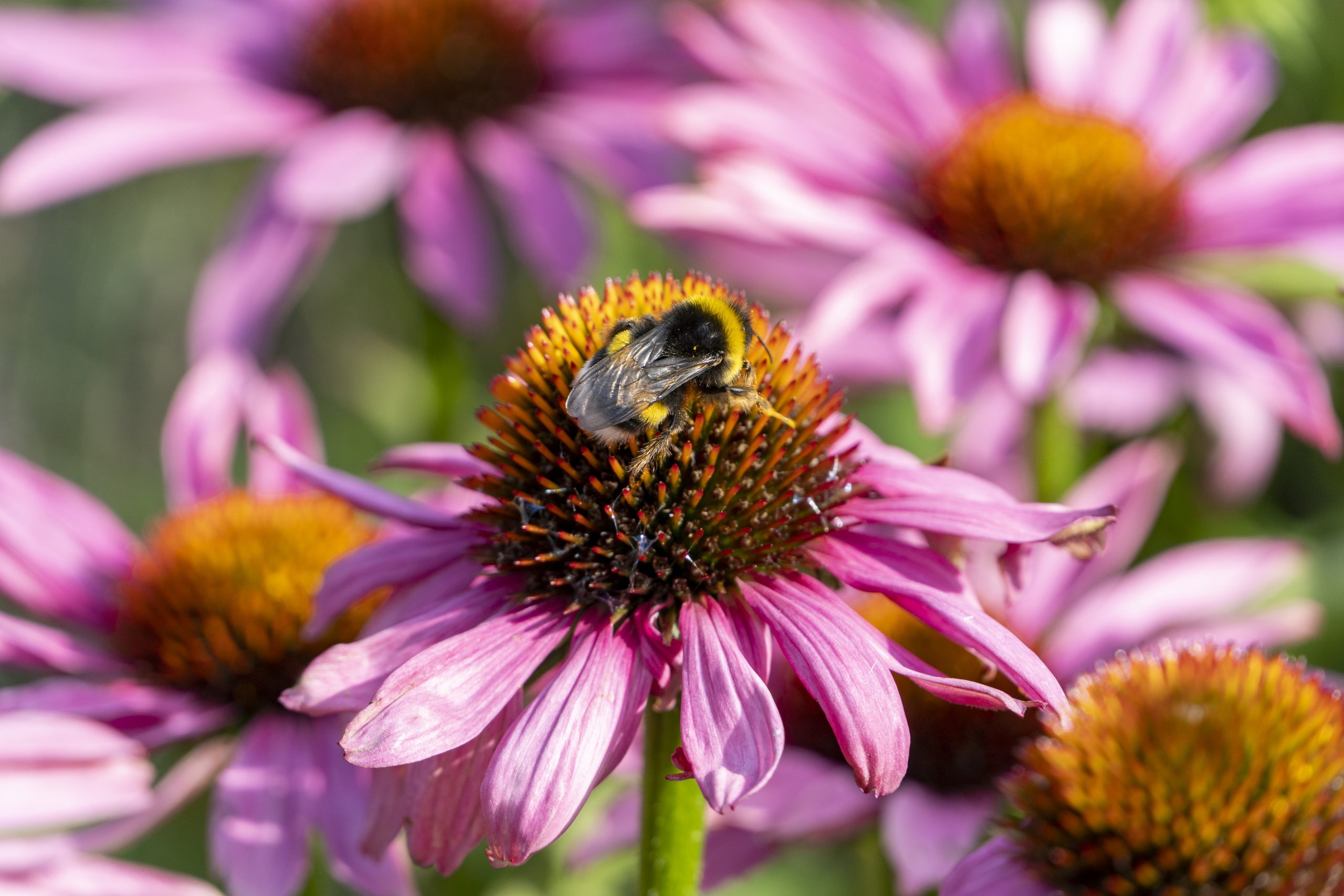
101 Pollinator Friendly Perennials for Your Garden
Bees, butterflies, and hummingbirds oh my! All gardens need bees and other pollinators to thrive and grow, they are the essential helpers. Hummingbirds, bees, and butterflies may be nice to see in the yard, but are they really that integral to the life of a garden? Pollinators struggle with the loss of diverse habitats, undernourishment, and overall health, but you can help pollinators in the garden. Whether you are planning a new landscape or enhancing your current space, consider these tips to attract and support pollinators in your garden. Learn about the importance of creating a pollinator garden and planting the best flowers that attract pollinators.
Table of Contents
What is pollination
When a bee lands on a flower to sip nectar, it picks up the sticky pollen from the anther of the flower, and when the bee visits another flower, it brushes up against the stigma, thus transferring the pollen and fertilizing the flower which leads to fruit and seed production. There are many different pollinators that visit our gardens. Bees, butterflies, hummingbirds, insects, and even some mammals such as bats are pollinators.
Why is pollination important?
Worldwide, thousands of foods, beverages, and medicinal plants are dependent on the work of pollinators. Between 75-95% of all flowering plants rely on pollinators. In addition to supporting the sustainability of the food and medicine we need, pollinators support a healthy ecosystem that cleans the air, protects from severe storms, and supports other wildlife. All of this from simple pollination! Over the last 10 years, honeybee colony numbers have decreased by 50%. Due to the loss of pollinator habitats, from human influences such as housing construction and road developments, the population of pollinators has decreased significantly. This decrease in the bee population is so prevalent that in 2014 the United States issued a federal strategy to promote the health of honeybees and other pollinators. By supporting the pollinators in our own gardens, we are working to enhance the well-being of the global pollinator population.
Why should I plant pollinator-friendly perennials in my garden?
We can make a significant impact by gardening for pollinators. When we plant for pollinators, we are not only looking out for the health of bees, butterflies, and hummingbirds, but we are also working on the success of our own gardens. Bird and bee-friendly gardens add to the health and growth of a garden. A pollinator garden consists of plants, habitats, and other components that allow bees, butterflies, and hummingbirds the ability to thrive. As pollinators visit and fertilize flowers, they are making fruit and seed and production possible, therefore making a positive impact on our garden harvest.
Common Garden Pollinators
The most well-known pollinator in the garden is the bee. The busy little bee is the most common pollinator you will find working in your garden. There are over 20,000 different species of bees that make up 80% of all pollinators in the world. Bees have hairy hind legs to collect pollen while some even have sacs on their legs to hold their collected pollen. Some bees emerge in very early spring like blue mason bees and bumblebees are the mid-summer heroes. Butterflies are actively pollinating your garden as well. Butterflies are sensitive to changes, so a decline in butterfly populations can be a reflection of major environmental issues that can affect us as well. Hummingbirds are quick pollinators that are great at accessing the nectar from longer, deeper blooms. Plus, hummingbirds are a very welcome garden guest for those interested in bird watching!
Planting for Pollinators
There are many ways we can invite essential insects and birds into our pollinator garden. The most important of which is adding plants that help bees. Planting for pollinators by choosing perennial flowers that attract pollinators is a great first step toward creating bee-friendly landscaping.
It is key to find the right perennials to welcome our pollinator friends. Since we want to have pollinators feasting in our gardens from very early spring through fall, it is important to have a selection of pollen-filled blooms available throughout this period. Adding in early spring, summer, and fall flowering bulbs, perennials and shrubs will ensure you have gorgeous blooms all season long which you will enjoy with your bees, butterflies, and hummingbirds. If you do not have a large yard or even a yard at all, create a hummingbird and insect friendly garden in containers on your patio, balcony or by your front entrance.
Pollinators start foraging as soon as they emerge in early spring, so it is important to grow a succession of blooms for them from spring through late fall. Alliums bridge the late spring to the early summer period, as well as digitalis, nepeta, and astilbe. In mid-summer, asclepias, echinacea, and gaillardia are nourishing. Planting asters, helenium, sedum, and scabiosa provides late summer and autumn food sources for pollinators.
Shapes and Colours
The shapes and colours of flowers attract different types of pollinators. Pollinators see the world differently than the human eyes do. Many insects like bees see in the ultraviolet light spectrum, which is not visible to the human eye and flowers use ultraviolet patterns overlaid on the blooms to attract these pollinators. Bees are attracted to blooms of yellow, green, blue and purple, but cannot see the colour red. However, hummingbirds are especially attracted to red blooms, but not exclusively. To attract butterflies, plant red, yellow, orange, pink and purple blooms.
A variety of shapes are also important for garden pollination. Single flowering perennials such as echinacea are attractive to pollinators – it is easier for them to access nectar, while double-flowering blooms are beautiful and showy, but they tend to produce less nectar and are difficult for insects to access. Interesting to note, that different types of bees have differing tongue lengths! Plant a variety of shapes to fulfil the needs of the diversity of bees. Hummingbirds prefer long, tubular flowers like crocosmia that can accommodate their long beaks. Clustered flowers with shorter tubes or flat-topped flowers like gaillardia are better if you are looking to attract butterflies. Closely petalled and double flowers are not attractive to pollinators so choose open blooms such as lilies, delphiniums and echinacea. The general rule is to plant a variety of very colourful flowers that are accessible and attractive to all different types of pollinators.
Favourite Spring to Early Summer Perennials for Pollinators
Aquilegia (Columbine)
Easy to grow, aquilegia’s blooms are bright, and the pollen is easily assessable. Don’t let its delicate appearance fool you, they are tougher than they appear. When the blooming season is finished, enjoy its soft fan-shaped foliage. Not only a benefit for pollinators, but it’s also an attractive perennial to add to full sun to part shade garden. Available in a range of hues, choose to plant the Earlybird Mix or Songbird Mix to ensure your pollinators will be able to find a colour in their specific shade spectrum.
Iris Germanica (Bearded Iris)
Iris come in an array of different colours, making them a perfect flower to add to your pollinator garden. With almost every colour to choose from, plant a few to attract different pollinators! Iris Germanica are easy to grow and great for planting in your mixed borders. These bearded irises are great for all pollinators as their pollen is so easily accessible.
Favourite Early to Mid-Summer Perennials for Pollinators
Coreopsis (Tickseed)
The bright yellow, pink and red colours of coreopsis are welcoming flowers to all pollinators in your garden. With an enticing shade of red which draws in hummingbirds, and the bright yellow that bees and butterflies desire, coreopsis is a great choice to plant in your pollinator attracting perennial garden. Blooming in mid-summer, coreopsis provides much-needed nourishment during the warm months of July and August. With its flat, open surface, this pollinator plant provides a perfect landing space for butterflies to collect pollen.
Liatris (Blazing Star)
Gorgeous starburst-shaped flowers surround the tall spires of this perennial. Available in pink, purple and white, liatris is a visually interesting perennial with its fuzzy, bottlebrush flowers. It is a perfect addition to a full sun pollinator garden. It’s not only visually appealing for pollinators, but also one you be drawn to with its eye-catching attributes. The tall spires of the liatris will give your pollinators an additional shape to enjoy in your bee friendly backyard.
Favourite Mid-Summer to Fall Perennials for Pollinators
Hemerocallis (Daylily)
Available in a very wide range of colours and textures, Hemerocallis are a garden classic. It’s a popular perennial in gardens that is not only loved by humans – but pollinators are drawn to it too! There’s every shade of colour imaginable available in the Hemerocallis family. Try the bright orange and red Fooled Me. This reblooming variety has large 6” blooms, a great visual landing pad for pollinators.
Monarda (Bee balm)
Aptly named bee balm, monarda’s bright, open blooms of pink, purple, red and white are pollen treat for bees, hummingbirds, and butterflies. Flowering with a gorgeous scent, you’ll love this cut flower variety. Perfect for both you and the pollinators to enjoy.
Bee Houses/Hummingbird feeders are they a good idea?
A great way to entice pollinators into our gardens is to use bee houses and hummingbird feeders. Bee houses attract solitary bee species (mason bees, leafcutter bees, miner bees), not popular honeybees. Solitary bees are more docile and are up to 3 times more effective at pollination! Putting up a bee house to attract solitary bees is excellent to increase pollination in your garden. Bee boxes are not built for the purpose of storing honey, but rather to attract bees. Bee houses are similar to a birdhouse structure; however, it includes a variety of hollow spaces for the bees to enter. This can include natural nesting material, hollow reeds, or cardboard tubes. Providing these simple little structures makes a positive impact on the populations in your bee garden.
Hummingbird feeders are also a good way of attracting these gorgeous pollinators into gardens. The purpose is not only to give hummingbirds nourishment, but the feeders bring the birds into the pollinator garden. The feeders provide supplemental nourishment and as hummingbirds are very important to the garden and ecological system, a little extra help is always nice. Feeders will not make the birds dependent or deter them from going after flowers, but rather welcome them into your garden filled with pollinator plants. Create some shady spaces for hummingbirds to relax near the feeders as this is where they prefer to nest.
Following is a listing of perennials that attract and support pollinators in the garden. Remember to select plants with overlapping blooming periods to provide nectar-rich food sources all season long.
Spring to Early Summer Blooming Perennials
Ajuga (Bugleweed)
Armeria (Common Thrift)
Bellis (English Daisy)
Bergenia (Heartleaf Bergenia)
Bletilla (Hardy Orchid)
Brunnera (Siberian Bugloss)
Caltha (Marsh Marigold)
Centaurea (Corn Flower)
Dianthus (Pinks)
Dicentra (Bleeding Heart)
Dictamnus (Gas Plant)
Digitalis (Foxglove)
Doronicum (Leopard’s Bane)
Galium (Sweet Woodruff)
Geranium (Cranesbill)
Geum (Herb Bennet)
Incarvillea (Hardy Gloxinia)
Iris
Hepatica (Liver Leaf)
Nepeta (Catmint)
Paeonia (Peony)
Papaver (Poppy)
Phlox divaricata (Woodland Phlox)
Phlox subulata (Creeping Phlox)
Polemonium (Jacob’s Ladder)
Polygonatum (Solomon’s Seal)
Pulmonaria (Lungwort)
Pulsatilla (Pasque Flower)
Saponaria (Rock Soapwort)
Stachys (Lamb’s Ear)
Trillium
Trollius (Globe Flower)
Vinca (Periwinkle)
Early to Mid-Summer Blooming Perennials
Achillea (Common Yarrow)
Actaea (Bugbane)
Alchemilla (Lady’s Mantle)
Aruncus (Goat’s Beard)
Artemisia (Sagebrush)
Asclepias (Butterfly Love)
Astilbe (Astilbe)
Astrantia (Masterwort)
Baptisia (Blue False Indigo)
Campanula (Bellflower)
Chelone (Turtlehead)
Coreopsis (Tickseed)
Crocosmia (Crocosmia)
Delphinium (Larkspur)
Eremurus (Foxtail Lily)
Helenium (Sneeze Holly)
Hosta (Plaintain Lily)
Liatris (Dense Blazing Star)
Lupinus (Lupine)
Macleaya (Plume Poppy)
Penstemon (Beard Tongue)
Persicaria (Knotweed)
Thalictrum (Meadow Rue
Thyme
Yucca (Adam’s Needle)
Mid-Summer to Fall Blooming Perennials
Agapanthus (Lily of the Nile)
Agastache (Licorice Mint)
Alcea (Hollyhock)
Allium (Ornamental Garlic)
Anemone (Windflower)
Angelica (Angelica)
Aster (Michaelmas Daisy)
Echinacea (Cone Flower)
Echinops (Globe Thistle)
Eryngium (Sea Holly)
Eupatorium (Joe-Pye Weed)
Filipendula (Meadowsweet)
Gaillardia (Blanket Flower)
Helianthus (Sunflower)
Heliopsis (False Sunflower)
Hemerocallis (Daylily)
Heuchera (Coral Bells)
Knautia (Crimson Scabiosus)
Kniphofia (Red Hot Poker)
Lavandula (Lavender)
Leucanthemum (Daisy)
Ligularia (Golden Groundsel)
Liriope (Lily Turf)
Lobelia (Cardinal Flower)
Lysimachia (Gooseneck Loosestrife)
Malva (Mallow)
Monarda (Bee Balm)
Oenothera (Evening Primrose)
Perovskia (Russian Sage)
Persicaria (Knotweed)
Phlox paniculate (Garden Phlox)
Physostegia (False Dragonhead)
Potentilla (Cinquefoil)
Rudbeckia (Cone Flower)
Salvia (Sage)
Scabiosa (Pincushion Flower)
Sedum (Stonecrop)
Sidalcea (Prairie Mallow)
Solidago (Golden Rod)
Stachys (Betony)
Tricyrtis (Japanese Toad Lily)
Veronica (Speedwell)
For information on where to find Florissa products near you, please inquire on our Find a Retailer page.



